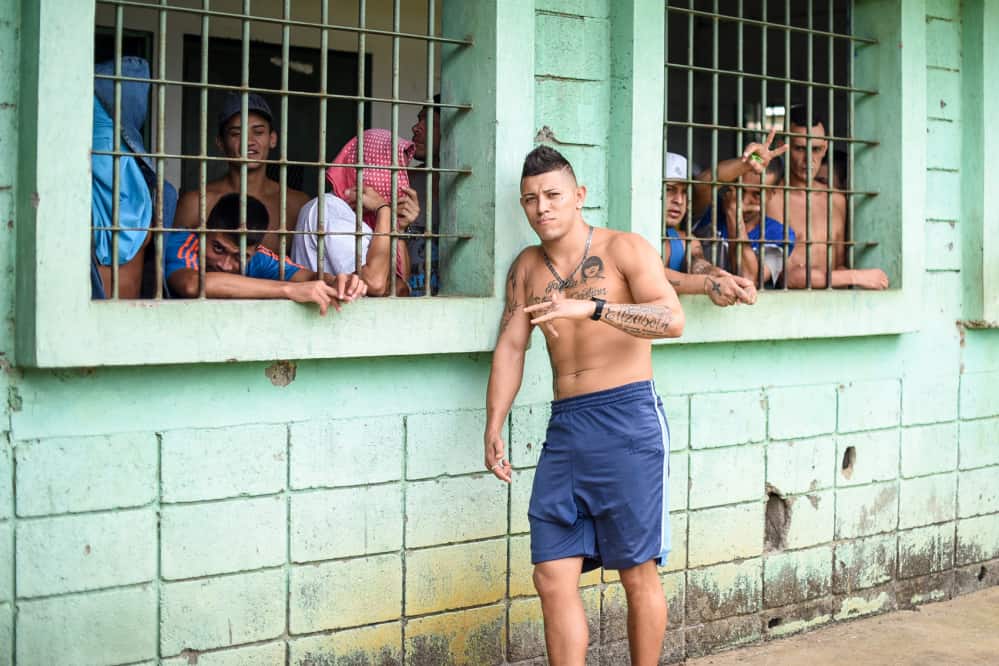A United Nations committee expressed its concern regarding the high rate of incarceration in the country’s prisons.
The committee in question was the sub-committee for the Prevention of Torture, which was in the country over the last two weeks visiting penitentiary centers and meeting with guards and involved parties.
“We think it is important to stress that the public policies aimed at reducing prison overpopulation should not be focused on building new prisons, but rather on new criminal policies with the aim to reduce the rate of incarceration,” said Fehér Pérez, who led the delegation of the committee.
The delegation of the UN visited 23 places in different parts of the country, including penitentiary centers, police stations, branches of the Judicial Investigation Police (OIJ), a juvenile detention center and psychiatric establishments.
The subcommittee will give a confidential report to the government, in which it will include its observations and recommendations to prevent torture and guarantee the human rights of inmates. The subcommittee has invited the Costa Rican government to publish this report.
Without stating if it will be published or not, the Ministry of Justice says it will have a period of time in order to make observations on the report once it is presented. The document will be delivered in a period of three to six months.
The presentation of a new method in order to account for prison spaces was presented last Monday by the Ministry of Justice, an act that coincided with the visit of the delegation from the UN.
Overcrowding on the rise
The rate of overcrowding reached 30 percent at the end of February, according to the new measurement methodology of prison population that was carried out by the Ministry of Justice, which included juvenile centers in the final count. If traditional measurement were to be maintained, the rate of overcrowding would reach 37 percent.
The majority of centers had a considerable increase in the last two months. For example, the rate of overpopulation in the prison of Limón was 39 percent in December. This figure reached 85 percent at the end of February.
The Ministry of Justice aims to create new spaces to respond to the high influx of prison inmates. In the case of women’s prisons, the government is working to make use of some annexes, which are currently disused, to create 63 new spaces.
Last December, this prison reported — for the first time in several years — an overpopulation of 3 percent (641 inhabitants in 621 spaces), according to data from the Ministry of Justice.
Costa Rica’s Mechanism for the Prevention of Torture found that between Aug. 6 and Nov. 18, 213 women entered the prison, while only 147 were released in the same period. This meant that in just two months, 66 new spaces were filled.
This story first appeared in Semanario Universidad. It was translated and republished with permission. Read the original version here.


